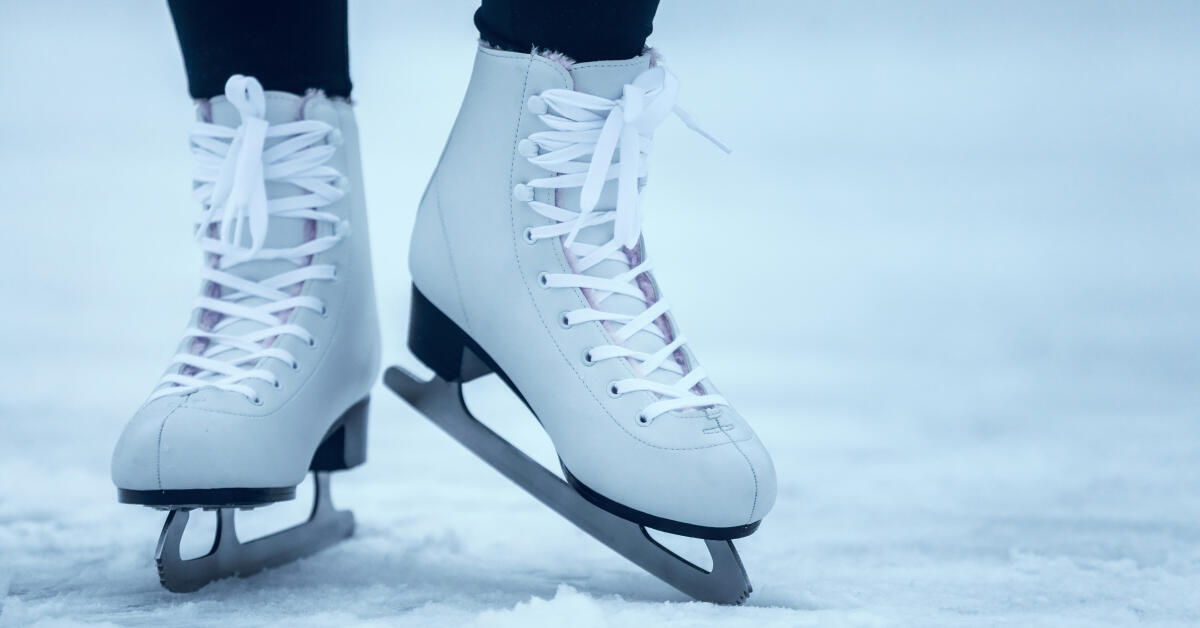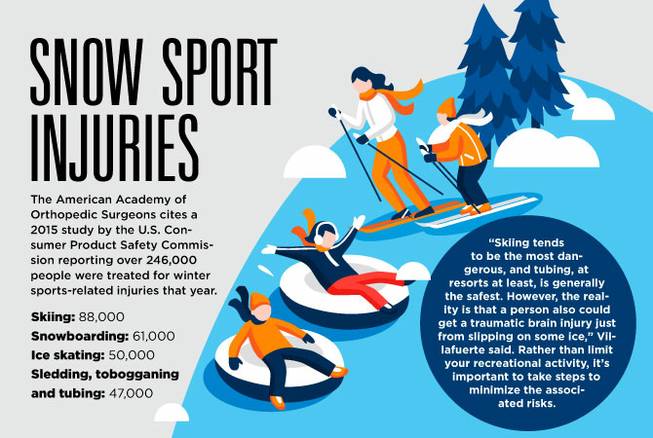
Health Benefits of Winter Sports
Written: editor | June 7, 2023

Skiing and Snowboarding
As winter approaches, many people start looking forward to hitting the slopes for skiing and snowboarding. Not only are these winter sports fun and exhilarating, but they also offer numerous health benefits.
Health Benefits of Skiing and Snowboarding
One of the primary health benefits of skiing and snowboarding is the improvement in cardiovascular fitness. These activities require a significant amount of movement and exertion, which gets your heart pumping and increases your overall stamina. This can lead to a healthier heart and improved endurance.
In addition to cardiovascular fitness, skiing and snowboarding also provide a great workout for your core and lower body muscles. The constant balancing and shifting of weight while navigating the slopes engage your core muscles, resulting in a stronger and more stable core. Furthermore, the continuous leg movements involved in skiing and snowboarding help to strengthen your quadriceps, hamstrings, and calves, leading to toned and sculpted lower body muscles.
Another benefit of participating in these winter sports is the enhancement of balance and coordination. The uneven and often slippery terrain of the slopes challenges your balance and requires you to adjust your body position and weight distribution accordingly. By regularly practicing skiing or snowboarding, you can improve your balance and coordination skills, which can translate to better performance in other physical activities and reduced risk of falls and injuries.
It's worth noting that skiing and snowboarding also offer mental health benefits. Being surrounded by nature and the stunning winter landscape can have a positive effect on your mood and overall well-being. Moreover, the adrenaline rush and sense of accomplishment that come from conquering challenging runs can boost your confidence and self-esteem.
In conclusion, skiing and snowboarding are not only enjoyable winter activities but also offer numerous health benefits. From improving cardiovascular fitness to strengthening core and lower body muscles, and enhancing balance and coordination, these sports provide a well-rounded workout for both the body and mind. So, grab your skis or snowboard and hit the slopes for an exhilarating and health-enhancing winter adventure!

Ice Skating
Health Benefits of Ice Skating
Ice skating is not only a fun winter activity but also offers a myriad of health benefits. Whether you are a beginner or an experienced skater, here are some reasons why you should hit the ice:
Calorie Burning and Weight Management
Ice skating is a fantastic way to burn calories and maintain a healthy weight. The constant movement and effort required to stay balanced on the ice engage various muscles throughout your body, including your core, legs, and glutes. Depending on your weight and intensity, ice skating can burn up to 500 calories per hour. Plus, it's a low-impact exercise that puts less stress on your joints compared to other activities like running or high-intensity workouts.
Improved Joint Mobility and Flexibility
The smooth gliding motion of ice skating helps improve joint mobility and flexibility. As you skate, your joints go through a full range of motion, which helps increase their flexibility and reduces stiffness. This makes ice skating an excellent choice for individuals looking to improve their overall joint health and prevent conditions like arthritis.
Enhanced Mental Well-being
Ice skating provides a boost to your mental well-being. The act of gliding across the ice can be a liberating and exhilarating experience, allowing you to escape from the stresses of everyday life. Skating also releases endorphins, the feel-good hormones that can elevate your mood and reduce anxiety and stress. It's a great way to unwind and enjoy some quality time outdoors in a beautiful winter setting.
So, lace up those skates and enjoy the health benefits that ice skating brings. Not only will you burn calories, but you'll also improve your joint mobility and experience an uplift in your mental well-being. Embrace the joy of gliding on the ice and make the most of the winter season.
Note: Please adjust the word count according to your

Snowshoeing and Cross-Country Skiing
Winter sports are not only fun and exciting, but they also offer a wide range of health benefits. One popular winter sport that is great for both beginners and experienced athletes is snowshoeing. Another popular option is cross-country skiing. These activities provide an excellent way to enjoy the snowy outdoors while getting in shape and improving overall well-being.
Health Benefits of Snowshoeing and Cross-Country Skiing
Snowshoeing and cross-country skiing offer numerous health benefits that make them worth considering as part of your winter fitness routine.
Total Body Workout
Snowshoeing and cross-country skiing engage multiple muscle groups, providing a complete and effective total body workout. These activities require using your legs, core, and upper body to navigate through the snow, which helps to improve overall strength and endurance. Regular participation in snowshoeing or cross-country skiing can tone your muscles, increase flexibility, and improve balance and coordination.
Increased Endurance and Stamina
Snowshoeing and cross-country skiing are excellent cardiovascular exercises that can enhance endurance and stamina. The continuous movement, combined with the resistance provided by the snow, helps to build cardiovascular strength. Regular participation in these activities can improve lung capacity, lower resting heart rate, and increase overall endurance levels.
Low Impact Exercise Option
One of the advantages of snowshoeing and cross-country skiing is that they are low impact activities. The soft, snowy terrain minimizes the impact on joints, making them suitable for people of all ages and fitness levels. These activities offer a great alternative for individuals looking for low impact exercises that are gentle on the joints but still offer a challenging workout.
In conclusion, snowshoeing and cross-country skiing provide an excellent opportunity to stay active during the winter months while enjoying the beauty of nature. With their total body workout benefits, increased endurance and stamina, and low impact nature, these winter sports can contribute to improved physical fitness and overall well-being. So, grab your snowshoes or skis and hit the snowy trails for a fun and healthy winter adventure!

Sledding and Tobogganing
Health Benefits of Sledding and Tobogganing
Winter is the perfect time to embrace outdoor activities, and one of the most enjoyable winter sports is sledding and tobogganing. Not only is it a fun and exhilarating way to spend time with family and friends, but it also offers numerous health benefits.
Fun Way to Burn Calories
Sledding and tobogganing require physical exertion as you climb up the hill and then zoom down. This physical activity helps burn calories and can contribute to weight loss. In fact, a person can burn up to 450 calories per hour while sledding or tobogganing, depending on the intensity and duration of the activity. It's a great way to stay active during the winter months, especially for those who dislike traditional exercise.
Improvement in Balance and Coordination
Sledding and tobogganing involve maintaining balance while navigating the slopes, which helps develop core strength and improves coordination. As you slide down the hill, your body has to adjust and react to different terrain, enhancing your overall balance and agility. This can be beneficial not only for winter sports but also for everyday activities that require stability and coordination.
Stress Relief and Mood Enhancement
Engaging in outdoor winter activities like sledding and tobogganing can have a positive impact on your mental well-being. The thrill and excitement of gliding down the hill can release endorphins, also known as “feel-good” hormones, which can boost your mood and reduce stress. Spending time outdoors and enjoying the fresh air and beautiful winter scenery can also help clear your mind and provide a break from daily stressors.
So, the next time you're looking for a fun and active way to embrace the winter season, grab a sled or toboggan and head to your nearest hill. Not only will you have a blast, but you'll also enjoy the numerous health benefits that sledding and tobogganing have to offer.

Safety Tips for Winter Sports
Importance of Proper Gear and Equipment
When it comes to participating in winter sports, safety should always be a top priority. One crucial aspect of staying safe is ensuring you have the proper gear and equipment.
Dress Appropriately: Layering your clothing is essential to staying warm, as it helps trap heat. Opt for moisture-wicking and insulating materials. Don't forget to wear a warm hat, gloves or mittens, and thick socks.
Protect Your Head: Wearing a helmet is a must for activities such as skiing, snowboarding, or ice skating. A well-fitted helmet can significantly reduce the risk of head injuries.
Invest in Quality Equipment: Whether it's skis, snowboards, ice skates, or sleds, make sure your equipment is in good condition and appropriate for your skill level. Regularly check for any wear and tear and replace or repair as needed.
Warm-Up Exercises and Stretching
Before hitting the slopes or ice, it's crucial to warm up your muscles and prepare your body for the physical demands of winter sports.
Dynamic Warm-Up: Engage in light cardio exercises like jogging or jumping jacks to increase blood circulation and raise your body temperature. This helps prevent injuries caused by cold muscles.
Stretching: Focus on stretching your lower body, including your calves, quadriceps, hamstrings, and glutes. Also, don't neglect your upper body by stretching your shoulders, arms, and neck.
Knowing Your Limits and Taking Breaks
While it's important to challenge yourself, it's equally important to know your limits and listen to your body during winter sports activities.
Start Slow: If you're a beginner, begin with smaller slopes or easier trails to build confidence and skill. Take lessons if needed to ensure you have the proper technique and knowledge.
Take Regular Breaks: Give your body time to rest and recover. Fatigue can lead to poor judgment and increase the risk of accidents or injuries.
Remember, safety should always come first when enjoying winter sports. By following these safety tips, you can mitigate the risks and make the most of your winter adventure. So, grab your gear, warm up properly, and have fun while staying safe!



